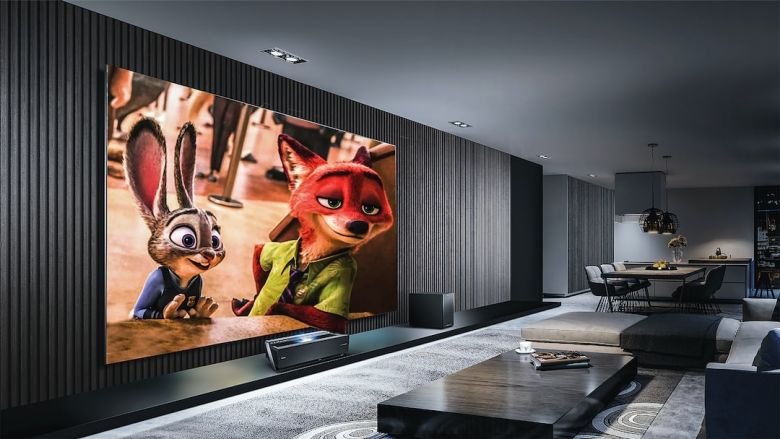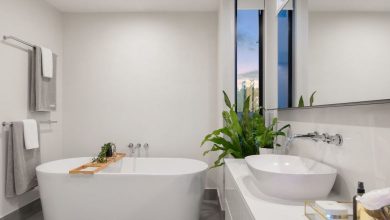How to Create a Home Theater System?

Creating a home theater system is a dream for many movie enthusiasts. Having a dedicated space in your home where you can enjoy a cinematic experience is both exciting and rewarding. If you’re considering setting up your own home theater system, this article will guide you through the process and help you create the perfect entertainment space.
1. Choose the Right Room
The first step in creating a home theater system is selecting the right room. Ideally, you should choose a room that is spacious enough to accommodate your desired setup and has good acoustics. Avoid rooms with windows or doors that may cause distractions or interfere with sound quality. Additionally, consider the layout of the room and how you can arrange the seating for optimal viewing angles.
2. Plan Your Budget
Before you start purchasing any equipment, it’s important to plan your budget. Home theater systems can range from basic setups to high-end, fully customized systems with all the bells and whistles. Determine how much you are willing to spend and prioritize your purchases accordingly. This will help you make informed decisions when selecting components for your home theater system.
3. Invest in a Projector or TV
The centerpiece of any home theater system is the display. You have two main options: a projector or a television. Projectors offer a larger screen size and a more immersive viewing experience, but they require a dark room environment to achieve optimal picture quality. On the other hand, televisions are more versatile and can be used in various lighting conditions. Choose the option that best suits your preferences and budget.
4. Select a Surround Sound System
To recreate the cinematic experience, you’ll need a surround sound system. This consists of multiple speakers strategically placed around the room to create an immersive audio experience. The most common surround sound configurations are 5.1 and 7.1, which refer to the number of speakers and subwoofers in the system. Consider the size of your room and the level of audio quality you desire when selecting a surround sound system.
5. Consider Acoustic Treatment
Achieving optimal sound quality in your home theater system requires proper acoustic treatment. This involves controlling sound reflections and minimizing echo or reverberation. You can achieve this by using acoustic panels or diffusers on the walls and ceiling. Additionally, consider installing carpet or curtains to absorb sound and reduce unwanted noise. Proper acoustic treatment will significantly enhance your listening experience.
6. Choose Comfortable Seating
Comfortable seating is essential for long movie nights. Invest in quality seating options that provide adequate support and comfort. Consider reclining chairs or a sectional sofa that can accommodate multiple people. If space allows, you may even opt for a dedicated seating platform with tiered rows, similar to a commercial movie theater. Remember, the more comfortable your seating, the more enjoyable your home theater experience will be.
7. Set Up Proper Lighting
Lighting plays a crucial role in creating the right ambiance in your home theater system. Install dimmable lights or use blackout curtains to control the amount of light in the room. Additionally, consider adding LED strip lights behind the screen or around the room to create a visually appealing atmosphere. Experiment with different lighting options to find the perfect balance between functionality and aesthetics.
8. Organize Your Components
To avoid a cluttered and messy setup, it’s important to organize your components properly. Invest in a media cabinet or rack to store your audio-visual equipment, such as the receiver, Blu-ray player, and gaming consoles. Use cable management solutions to keep wires hidden and organized. A clean and organized setup not only looks better but also makes it easier to troubleshoot and maintain your home theater system.
9. Calibrate and Fine-Tune
Once you have set up all the components of your home theater system, it’s important to calibrate and fine-tune the settings. This involves adjusting the audio and video settings to ensure the best possible performance. Most audio-visual receivers come with built-in calibration tools that can automatically optimize sound and video settings. Take the time to fine-tune these settings to achieve the best audio and visual experience.
In conclusion, creating a home theater system requires careful planning and consideration. Choose the right room, set a budget, select the appropriate display and sound system, and pay attention to acoustic treatment, seating, lighting, and organization. With proper setup and calibration, you can transform any room into a personal cinema where you can enjoy your favorite movies in the comfort of your own home. So, what are you waiting for? Start creating your dream home theater system today!




